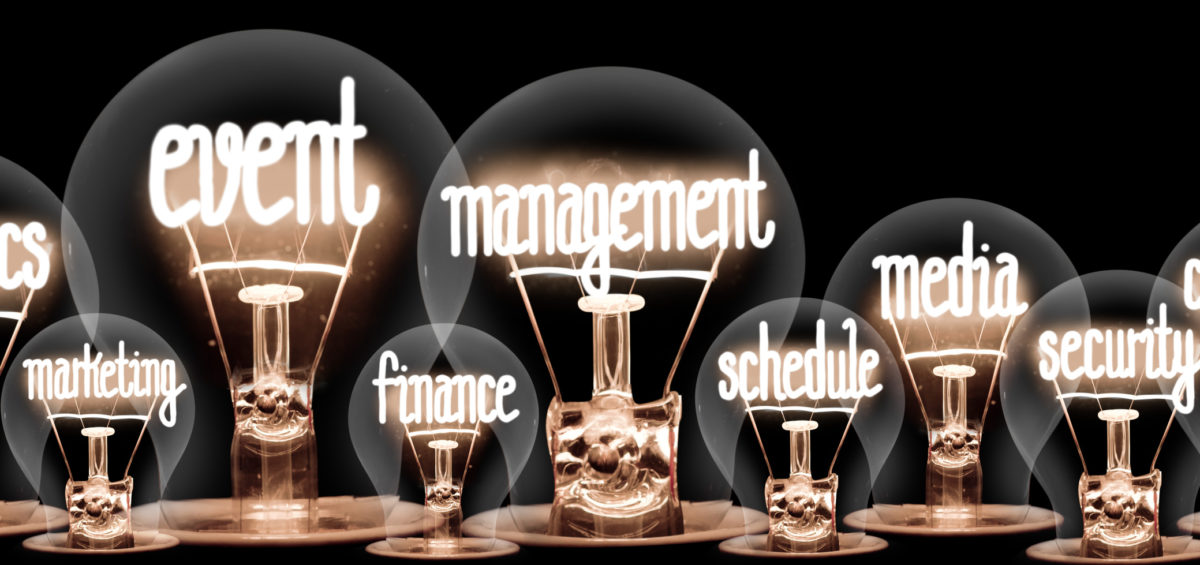Even with in-person events on the rise, registration numbers — both early and otherwise — are leaving much to the imagination, and flexibility is at the forefront of every planner’s mind.
Here are three key strategies to help you make the most of your event-planning efforts right now.
Consider the Context: How Are People Accessing Events?
Events are experienced differently depending on access. Considering the underlying motivation of attending in-person vs remotely can help to inform agendas that will drive engagement: in-person attendance is informed by more social and collaborative motivations, while remote attendance needs to be informed by the existing daily life of attendees.
Given the lower costs and risk mitigation, virtual agendas are still a viable choice for events in 2022. But without the concrete container provided by in-person events, where attendees have greater capacity and opportunity for engagement, virtual engagement is lagging behind that of its in-person counterpart.
As such, create agendas to support each access route and drive attention accordingly:
- For in-person agendas, consider more broad and general topics that appeal to a wider crowd with time to network, mingle, and collaborate. For many attendees, in-person events are key in driving relationships and collaborative efforts; allowing adequate time for this in the agenda will keep attendees coming back.
- Virtual crowds will respond to more bite-sized and meaningful content that they are willing (and can easily) create time and space for.
Mine for Clues: Review Events from the Last Two Years
There is no playbook on how to come back from a 2-year pandemic-driven hiatus. However, we do have the last 2 years of experience from virtual events to draw on.
We’re seeing clients adapt and flex agendas in the following ways:
- Changing to half-days of content (from full) to allow for more networking (in-person) or real-life demands (for virtual).
- Making some content available before the event, while the hype and anticipation is fresh. This also gives attendees more choice and freedom around consuming the content compared with sticking to a more tightly packed agenda.
- Create special-interest groups prior to the event that incorporate an element of shared experience and community; this supports both virtual and in-person experience to drive discussion and more interactive elements.
- Set up the physical space in a way that can easily be sized up or down; for example, utilize multiple rooms as viewing pods vs a single ballroom space for a keynote address.
- Host viewing parties. This echoes the above point, but the focus is on sharing the experience directly versus in between content delivery.
- Take the show on the road vs hosting in one central place; break it down. This is an in-person version of watch parties (mentioned above) as mini events vs one main event; hosting smaller events and more of them increases a sense of safety around smaller crowds and more exclusive access.
Flip a Coin: Ride the Highs and Lows of Rollercoaster Event Planning in 2022
At any given moment, there are two choices ahead of you:
- Accept what’s in front of you; ride the rollercoaster, and manage the stress. We love going on walks to clear our mind, or taking a few breaths (a la box breathing technique) right at our desk.
- Lean into the changes; you can’t do it alone. Community drives events, and the people working in events. Collaborate, reach out, ask, and learn. Talking to somebody in the industry can make all the difference; you understand that we’re all in this together and are uniquely positioned to support each other.
On that note, we’re here for your questions and thoughts to talk about how we can help you deliver an A+ event.







